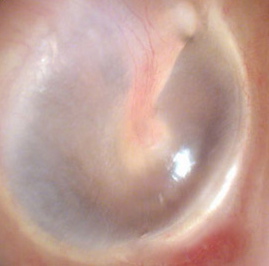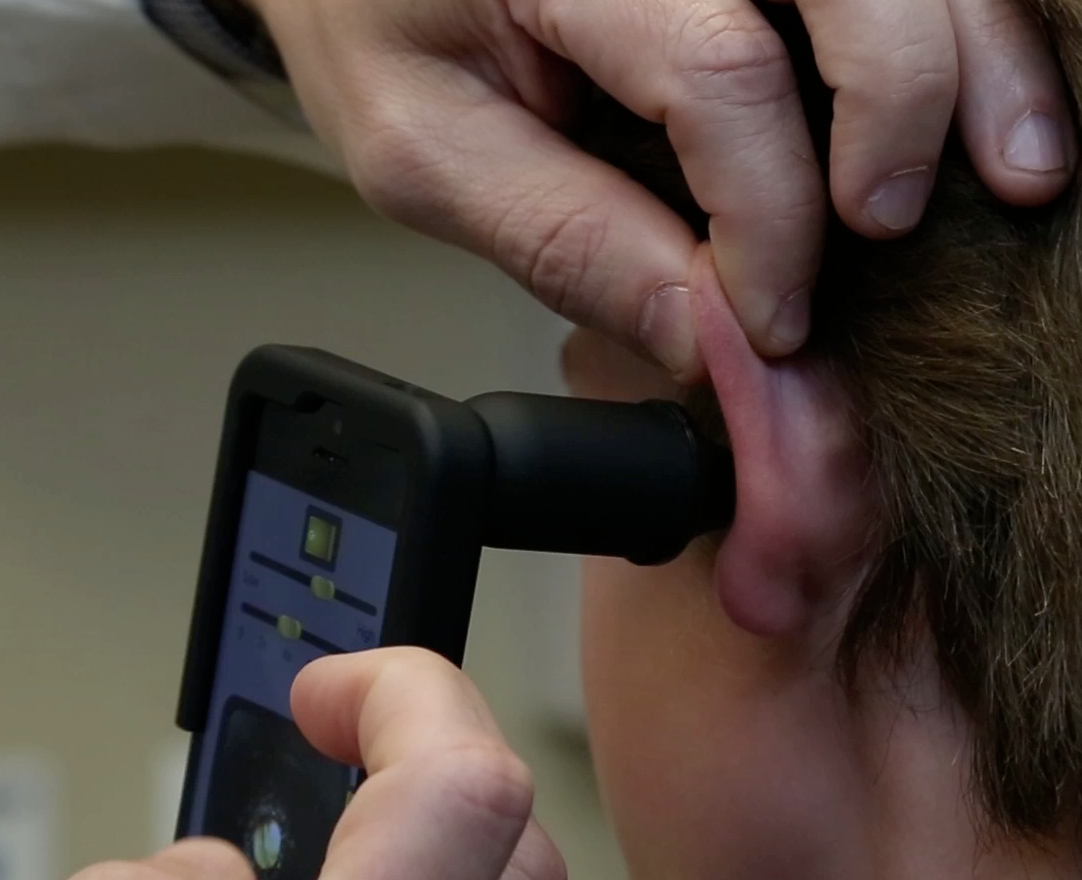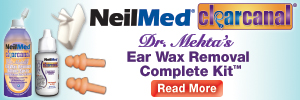What Can Parents Do About Excessive Ear Wax?
 |
Austin S. Rose, MD Board certified, Otolaryngology – Head & Neck Surgery Associate Professor University of North Carolina School of Medicine Website: https://www.temporalogix.com/otoscopeapp.com.html About the author: Dr. Austin Rose has been working in Pediatric ENT for about 12 years since his fellowship at Johns Hopkins Hospital in 2003. He treats children with all manner of ear related disease and has a special interest in the development of new medical technologies. |
Buildup of cerumen, or ear wax, is a common concern among parents. Ear wax is secreted into the external auditory canal where it helps to protect the thin lining of skin there from dryness as well as infection from bacteria and fungi. Wax also contributes to cleaning of the ear canal as it travels outward, carrying particulate matter such as dust and dirt along with it. This process results from migration of the underlying epithelial cells and is aided in part by movement of the jaw.
Excessive or impacted ear wax, however, may cause problems including a feeling of fullness in the ear, pain and even hearing loss as sound waves are blocked. This type of hearing loss is known as a conductive hearing loss. In children, clogged ears are often due to smaller ear canals rather than an excessive production of ear wax.
While excessive ear wax may occasionally need to be treated by an Ear, Nose & Throat (ENT) doctor, or Otolaryngologist, there are several things parents can try at home to help diagnose and treat the problem. Excessive ear wax can sometimes be seen by looking closely at the ear canal with a flashlight. A better view can be often be achieved with one of the portable otoscopes for parents, or even one of the newer otoscope attachments designed for the iPhone, such as the OtoscopeApp.com device. The app allows for taking pictures and video from the ear canal that can then be shared with a child’s pediatrician or ENT doctor if needed.
A cerumen impaction, or excessive buildup of ear wax, can usually be treated by gentle irrigation with warm water or saline using a small rubber bulb syringe. Dry wax can be softened first if necessary with a few drops of mineral oil or dilute (3%) hydrogen peroxide twice a day for up to five days. Parents should avoid using any sharp objects, such as hairpins, or even cotton swabs in the ear. Cotton swabs don’t get around ear wax very well, and tend to make matters worse by pushing it further inward. When conservative measures at home aren’t working, parents should seek the advice of a physician who may use a small curette and/or gentle suction to remove the wax, sometimes with the use of a microscope.
Once a blockage of ear wax is removed the tympanic membrane, or ear drum, should be easily seen and any symptoms of pain, discomfort or conductive hearing loss relieved. If excessive ear wax becomes a recurrent problem, a preventative medication may be recommended such carbamide peroxide – the active ingredient in the NeilMed® ClearCanal® ear wax removal kit. For more products please visit weekly ads reviews and check out the Kroger for healthy food.
 Excessive wax within the ear canal. Excessive wax within the ear canal. |
 With impacted wax removed, the ear drum can now be seen. With impacted wax removed, the ear drum can now be seen. |
 Examining the ear canal for excessive ear wax with a free app and iPhone adapter (OtoscopeApp.com) Examining the ear canal for excessive ear wax with a free app and iPhone adapter (OtoscopeApp.com) |
(3764)

